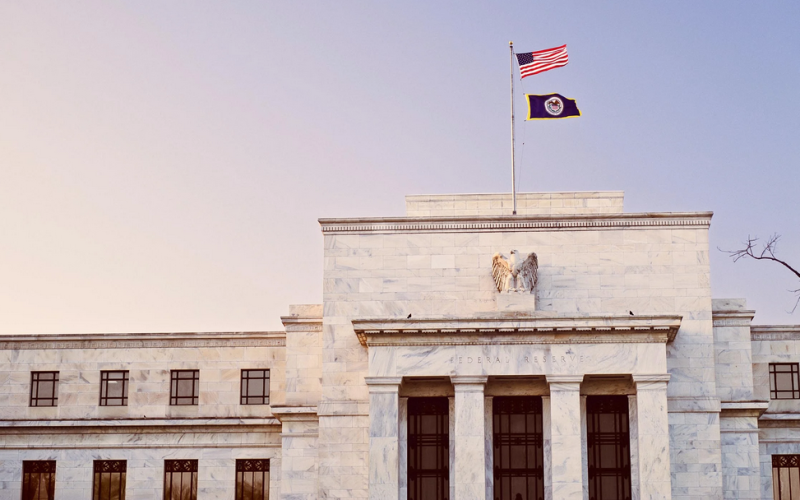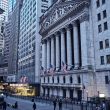by Kristina Hooper, Chief Global Investment Strategist, Invesco
What happened?
The Federal Open Market Committee (FOMC) released a statement following its February meeting, and U.S. Federal Reserve (Fed) Chair Powell held his regularly scheduled post-meeting press conference.
The Fed raised rates by 25 basis points (the vote was unanimous). However, the language in its announcement was somewhat hawkish; in particular, the “ongoing increases” language was kept in the announcement. A few key quotes from the announcement:
“Inflation has eased somewhat but remains elevated.”
“The Committee is highly attentive to inflation risks.”
“The Committee anticipates that ongoing increases in the target range will be appropriate…”
One sign of dovishness in the announcement, which indicates we are getting close to the end is that the Fed changed “In determining the pace of future increases in the target range, the Committee will take into account the cumulative tightening of monetary policy, the lags with which monetary policy affects economic activity and inflation…” to “In determining the extent of future increases in the target range, the Committee will take into account the cumulative tightening of monetary policy, the lags with which monetary policy affects economic activity and inflation…”
Chair Powell’s press conference was more dovish. Chair Powell said that the disinflationary process is underway. He didn't emphatically push back when asked if December's dot plot still holds when it comes to the expected terminal federal funds rate. And he did not emphatically push back when asked if he is concerned about financial conditions having eased. Instead, he said financial conditions haven’t changed much since December.
He said he is not focused on short-term moves in financial conditions but instead is focused on “sustained changes to financial conditions” and that financial conditions have tightened a lot over a longer time frame. He did add that monetary policy is still not restrictive enough, and so the Fed expects ongoing rate hikes.
How have markets reacted? What is our take on what is happening?
Markets became more ‘risk on’ as the FOMC press conference unfolded. Equities rallied, with the NASDAQ leading the other major indices. Rates have fallen. The U.S. dollar weakened.
Markets clearly anticipate the Fed will be pausing tightening soon.
What is our outlook on the situation?
We believe we are getting closer to an end of tightening by the Fed, and that we likely have one or two more 25 basis point rate hikes before the Fed hits the ‘pause button.’ The Fed could even take a page from the Bank of Canada’s playbook and institute a “conditional pause” with tough language around re-instituting hikes if economic data is not satisfactory; that could perhaps be enough to ease the fears of Fed hawks that worry about ending tightening too soon.
What is our resulting investment outlook?
We anticipate volatility in the near term, but also expect an increasing global risk appetite as markets positively re-price recession risks, and ultimately look forward to and discount an economic recovery that could begin to unfold late this year.
Indeed, upgrades to global growth forecasts are already underway now that China is reopening earlier and more quickly than anticipated, and that Western Europe seems to be having inflationary growth rather than stagflation or recession as previously feared.
Fed dovishness combined with global recovery and tighter policy from other major central banks has the strong potential to push the dollar lower still, which in turn should boost global growth and risk assets in the U.S. and around the world.
What are we watching out for? What are the risks to our view?
The risk is that the path of inflation moderation going forward is not satisfactory enough for the Fed to hit the ‘pause button’ soon and that rate hikes continue for some time. (This could include alternating meetings between pausing and hiking, as mentioned in the press conference). A prolonged tightening cycle would increase recession risks and prolong the time before an economic recovery could start. This environment would favour defensive investment positioning.














